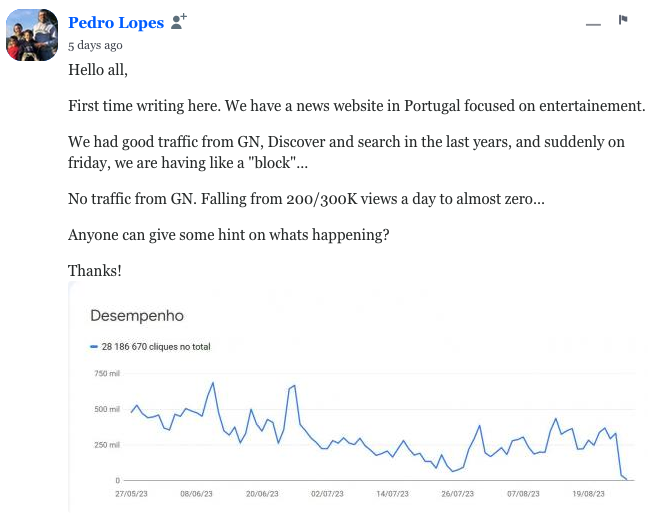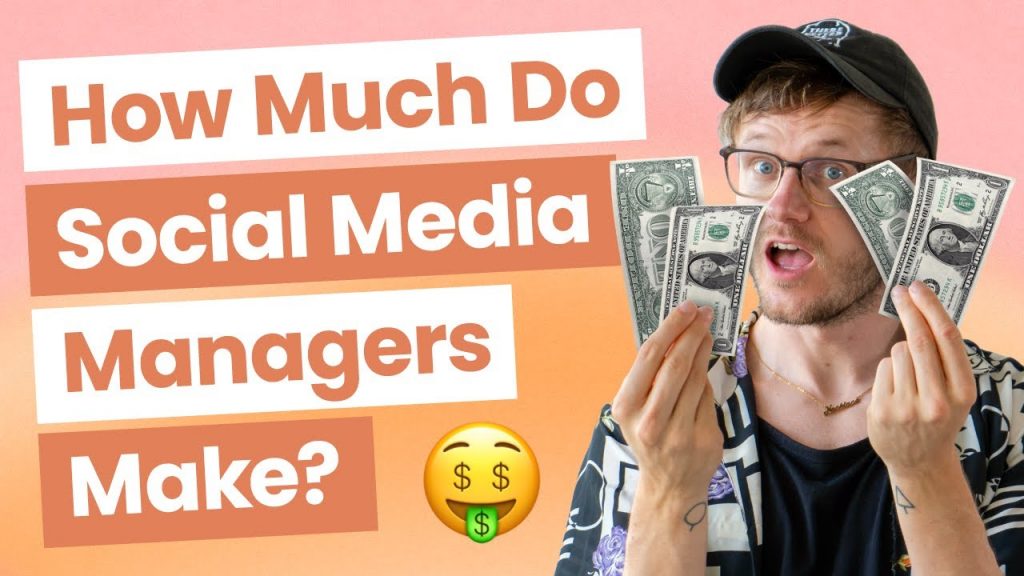Howdy, folks. We’d like to ask you to cut us some slack today. We didn’t have much time to read through industry news this week because our whole team has been at Burning Man since Sunday.
Pfft. Yeah right. None of us took any days off this week. We’ve all been busy. You have no idea. The good news is that all of you are the beneficiaries. We can’t remember a time when our software was running better.
Google’s August 2023 core update (the one we mentioned last week) is still squirming its way through the internet and probably won’t finish until a day or two before you get our next newsletter. Evaluating these updates while they’re ongoing isn’t a smart thing to do, but we’re doing it anyway. It’s not like we’re actual journalists.
Based on some forums we monitor, it doesn’t (yet) look like we’re dealing with a huge shakeup, although some websites have certainly been affected. The most chaotic single day so far was last Friday, August 25. Webmasters reported 25-75% traffic increases and decreases because of their new visibility in Google Search.
There are two trends we’ve seen that are worth mentioning. “Trends” is probably too strong of a term, come to think of it. There are ten total sources (e.g. webmasters posting about recent traffic and ranking shifts) between the two of them. The posts in question are from numerous forums and were written by people with no connection to each other though.
The first not-exactly-a-trend phenomenon is that science-related websites look like they’re benefitting from this core update. The second thing we’ve seen independently corroborated is the fact that celebrity gossip sites are suffering. Pedro Lopes, the man whose comment from Monday is pictured above this paragraph, returned two days ago to follow up with “We were hit really hard. From 300k clicks a day for the past years to literally zero.” Ouch.
We haven’t seen any talk about local rankings. We’ll keep our eyes peeled and let you know if we come across any relevant chatter.
We came across an interesting article from Later, a company that got its start as an Instagram post scheduler but now has many more features and also lets its users manage Facebook, Twitter, Pinterest, TikTok, and LinkedIn accounts. This article evaluates whether it’s better for businesses to have an in-house social media manager or hire an agency. These are the four criteria they used: expertise, time and process, cost, and control versus flexibility. The article concludes that hiring a staff manager is the better move, but just barely.
Expertise means familiarity with your business here and it was declared a tie. The thinking is that someone on your staff will know your brand better than anyone, but an outside agency will bring experience and fresh ideas to the table. The award went to an in-house social media manager for time and process: an agency will always have numerous clients to deal with and can’t completely focus on your business. A staff manager will be able to react to industry news promptly.
Cost was also scored as a tie, which is something we can’t quite wrap our minds around. A typical social media manager salary is $72k per year, or $6,000 per month. The marketing agencies we’re familiar with would bill more than that for any business large enough to consider hiring a full time social media staff member.
This article awarded another tie for the control versus flexibility category. Depending on the businesses and managers involved, control vs flexibility could be so variable that it’s probably not worth giving this assessment much weight. Later’s reasoning was that a business will have total control over an in-house social media manager, but agencies can work well for companies that don’t need to micromanage things.
The final score was three ties and one win for a social media manager on your staff.
We have no association with Later, but they’ve been cranking out a lot of studies and reports lately. Most of our readers would benefit from taking a look at their content, which is why we’re shining a light on this article.
To close things out, The New York Times published an article yesterday called When Advertisements Were Art. It’s about an upcoming exhibition at Poster House in New York City called Art Deco: Commercializing the Avant-Garde. It looks awesome. It’s going to feature a bunch of advertisements that existed in poster form in the 1920s and 30s. The poster you see above this paragraph was a 1935 ad for Osaka Railways in Japan. It was too hard to pick just one of the ads for this newsletter, so we’re going to include a second one below. What you see there is a 1928 advertisement for Donnet, a former French automaker.
There’s a post from Tuesday on LinkedIn’s Ads Blog called How Are B2B Marketing Budgets Changing Right Now? It looks into why a majority of B2B marketers have needed to increase their budgets more than they thought they’d have to this year. It also examines the lopsided nature of how much more money B2B marketing organizations allocate for finding new customers in comparison to the money they spend on retaining the existing ones. This post is not light reading or short on details.
We’ve also got an Adweek article that tries to figure out why so many social managers are burning out and what can be done to mitigate the trend. It’s called Social Media Manager Burnout Is Nothing New But It’s Escalating (byline: Would a company hire one salesperson to run all their sales accounts?).
There’s a paywalled article on AdAge that we wish we could’ve read because it sounds like something Flash Gordon wrote: How Neuromarketing And AI Are Converging To Strengthen Ad Campaigns. Oh well.
That’s all for today. Happy September. Enjoy your last three weeks of summer and have a great Labor Day on Monday if you’re in the United States.




